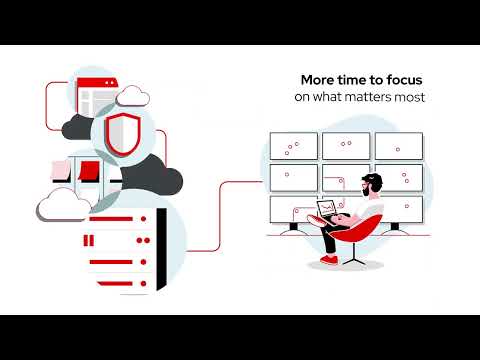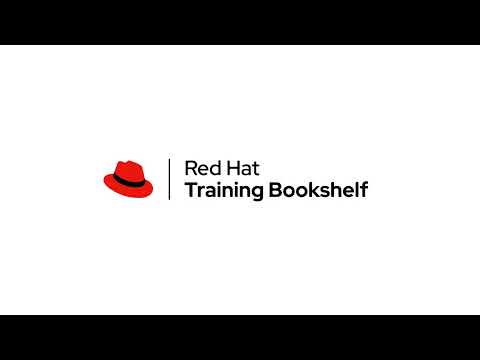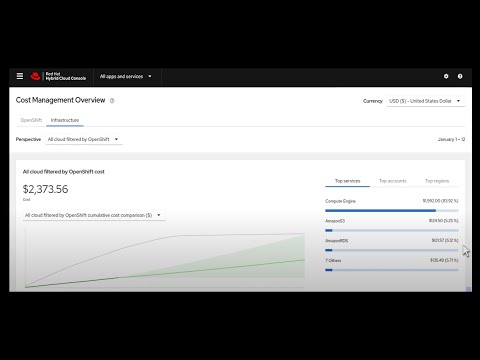
Kubernetes is great for self-healing, and has a variety of ways to address initial placement to distribute workloads (policies and factors that the scheduler will take into account) along with ways to react to node pressure conditions (evictions and manual intervention). Today we will talk about a preventative approach, that is continuously analyzing actual utilization, changes in demand, and takes constraints into account to mitigate risks of performance issues without having to over-provision. We will deep dive into the analytics model, how these decisions are made, and how the action of what pod to move when and where is orchestrated based on native Kubernetes capabilities, such as VM Live Migration.
Join OpenShift Commons:
https://commons.openshift.org/join/
OpenShift Users Slack Channel: https://kubernetes.slack.com/archives…
Want to learn more?
Try Red Hat OpenShift: https://red.ht/3uVxkya
Follow us:
Andrew Sullivan https://twitter.com/practicalandrew
Jonny Rickard https://twitter.com/jrocktx1
OpenShift https://twitter.com/openshift
Subscribe to Red Hat’s YouTube channel: https://www.youtube.com/redhat/?sub_c…
About Ask an OpenShift Admin:
Do you have questions? We want to answer them! Every Wednesday at 11am ET, hosts Andrew Sullivan and Jonny Rickard sit down to answer your questions about Red Hat OpenShift.
About OpenShift:
Red Hat OpenShift is an open source container application platform based on the Kubernetes container orchestrator for enterprise application development and deployment.
OpenShift on redhat.com https://red.ht/3rYz5ZS
OpenShift on GitHub https://github.com/openshift/
#RedHat #OpenShift #Kubernetes #containerplatform










![Random Samples: Towards Combinatorial Interpretability of Neural Computation [May 9, 2025]](https://videos.sebae.net/wp-content/uploads/2025/05/hqdefault-236.jpg)